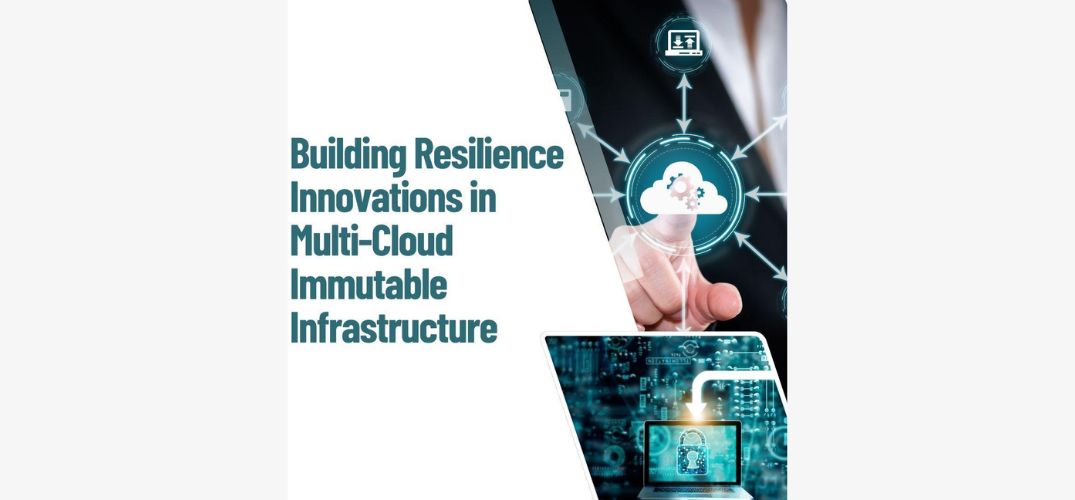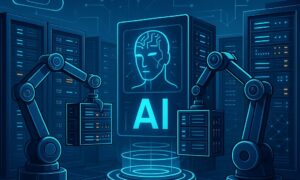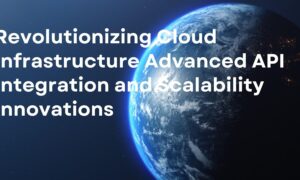In this modern era, Sridhar Nelloru, a leading expert in cloud infrastructure, explores cutting-edge methodologies for implementing multi-cloud immutable infrastructure workflows. His work emphasizes transforming traditional approaches to Continuous Integration/Continuous Deployment (CI/CD) into resilient and adaptive strategies for managing diverse cloud environments. With the growing reliance on cloud-native technologies, his insights offer a pathway to overcoming the complexities of multi-cloud operations. By integrating automation and scalability, his methodologies ensure both efficiency and reliability in an ever-evolving digital landscape.
Foundations of Immutable Infrastructure
Immutable infrastructure marks a significant shift in deployment practices. Unlike traditional mutable systems, immutable infrastructure ensures that once deployed, servers and systems remain unchanged. Updates or modifications necessitate redeploying an entirely new infrastructure instance, which eliminates issues like configuration drift and ensures consistency across cloud environments. This approach is particularly effective in multi-cloud architectures, where maintaining uniformity across diverse platforms is critical for reliability and scalability.
Integrating Infrastructure as Code (IaC)
A cornerstone of immutable infrastructure is Infrastructure as Code (IaC). IaC allows teams to define and manage infrastructure through declarative code, enhancing reproducibility and collaboration. Tools like Terraform and similar solutions make it possible to version control infrastructure alongside application code. This integration bridges development and operations, streamlining workflows while improving governance and compliance.
Policy-as-Code: Automating Governance
Policy-as-code frameworks take governance to the next level by automating the enforcement of security and compliance standards. Using tools like Open Policy Agent, organizations can define rules and policies that ensure all deployments adhere to organizational and regulatory requirements. These automated checks reduce the likelihood of human error, making governance proactive and seamless.
Advanced Patterns and Workflows
Unifying disparate cloud APIs is one of the significant challenges in multi-cloud environments. Cloud-agnostic tools provide a unified interface to manage deployments across various providers. This approach simplifies operations, reduces vendor lock-in, and enhances flexibility.
Immutable infrastructure also benefits from orchestration tools like Kubernetes, which enable seamless scaling and management of containerized applications. Advanced deployment strategies such as blue-green deployments and canary releases are easier to implement, minimizing downtime and ensuring stability during updates.
Enhancing Stability and Agility
Dynamic scaling policies play a vital role in ensuring optimal resource allocation. Systems automatically scale resources based on demand, improving performance and cost-efficiency. Automated rollback mechanisms further enhance system stability by restoring previous states when deployments encounter issues. These capabilities ensure that failures are quickly resolved without impacting users.
Consistency is another key factor in multi-cloud architectures. By employing robust configuration management and centralized monitoring, organizations can maintain uniform behavior across heterogeneous environments, simplifying management and troubleshooting.
Operational Benefits and Challenges
Multi-cloud immutable infrastructure workflows significantly reduce operational overhead by automating routine tasks. This efficiency allows teams to focus on strategic initiatives rather than maintenance. Faster service deployments, coupled with greater confidence in their consistency and reliability, enhance productivity.
However, implementing these workflows presents challenges, including the complexity of managing multiple cloud provider APIs and the skill gap in handling diverse platforms. Organizations can overcome these obstacles through training, phased implementation, and leveraging abstraction layers that simplify cloud management.
The Role of AI and Machine Learning
Artificial intelligence (AI) and machine learning (ML) are poised to revolutionize multi-cloud orchestration. These technologies can predict resource needs, optimize scaling, and automate complex decision-making processes. AI-driven observability enhances security by detecting and responding to threats in real-time, further strengthening system reliability.
Future Directions and Trends
The future of CI/CD in multi-cloud environments will feature autonomous and self-healing pipelines that adjust dynamically based on performance and business metrics. Integration with serverless architectures and function-as-a-service (FaaS) offerings promises to reduce operational overhead, enabling organizations to focus solely on application development.
In conclusion, Sridhar Nelloru’s exploration of multi-cloud immutable infrastructure highlights a transformative shift in how organizations manage deployments. By adopting immutability principles, leveraging advanced orchestration tools, and integrating AI-driven insights, businesses can achieve unparalleled agility and efficiency. As technology evolves, these workflows will become vital for innovation and maintaining a competitive edge in an increasingly dynamic digital landscape. Organizations that embrace these advancements will be well-positioned to drive sustainable growth and operational excellence.



































